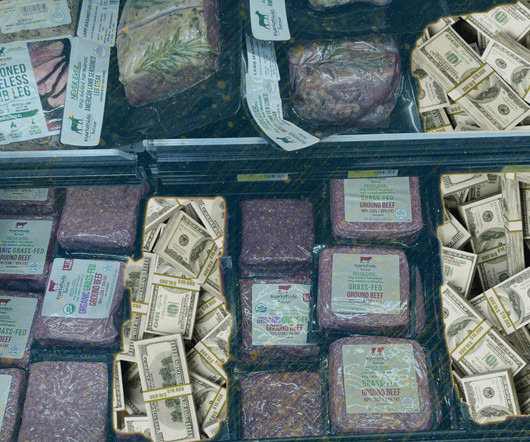Trade loophole battering U.S. textile industry
Western FarmPress
MARCH 5, 2024
A loophole allowing small textile and apparel imports is hurting the U.S. textile industry.
 Apparel Related Topics
Apparel Related Topics 
Western FarmPress
MARCH 5, 2024
A loophole allowing small textile and apparel imports is hurting the U.S. textile industry.

Modern Farmer
MAY 29, 2024
This list from PFAS Central is a good source for outdoor gear, apparel, kitchenware and more. Know the laws where you live More than a dozen states have passed some kind of legislation restricting the use of PFAS in consumer products such as foods, packaging, apparel and carpeting.
This site is protected by reCAPTCHA and the Google Privacy Policy and Terms of Service apply.

Modern Farmer
SEPTEMBER 12, 2023
Asiah Brazil-Geyshick, an Ojibwe student studying apparel, textiles and design at the University of Idaho, saw a pair of moccasins, a medicine bag and a wallet, all of which she hand-stitched from dried kombucha SCOBY, a symbiotic culture of bacteria and yeast. Kombucha is widely consumed as a fermented, effervescent tea.

Food Tank
OCTOBER 11, 2023
Patagonia Provisions Partner Breweries, United States Patagonia Provisions , the outdoor apparel brand’s food and beverage business, is partnered with 11 breweries across the U.S. for a new beer initiative. Patagonia tasked each brewery to create a new beer made with Kernza ®.

Modern Farmer
MARCH 1, 2024
When it comes to spinning, according to Bloom Labs , costs can be two to three times higher than with oil-based yarns because the melt-spun machines used by the apparel industry don’t work with these fledgling fibers. The manufacture of next-gen fibers requires giant fermentation vats and skilled workers.

Farmbrite
OCTOBER 8, 2024
Ensure footwear and clothing are clean and free of particles that may infect livestock, before entering the farm, or provide disposable boots and covers for apparel. Minimize access to only necessary portions of the farm. Use good hygiene to prevent movement of manure around the farm.

Civil Eats
NOVEMBER 1, 2023
Such had been the overall trend since the 1990s, when Walmart began rapidly opening what it dubbed “Supercenters,” and applied the same mantra that fueled its original success in electronics, apparel, and home goods to groceries: the lowest prices, all the time.
Let's personalize your content